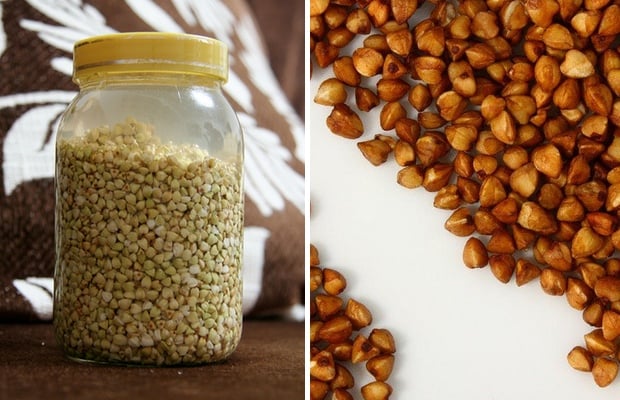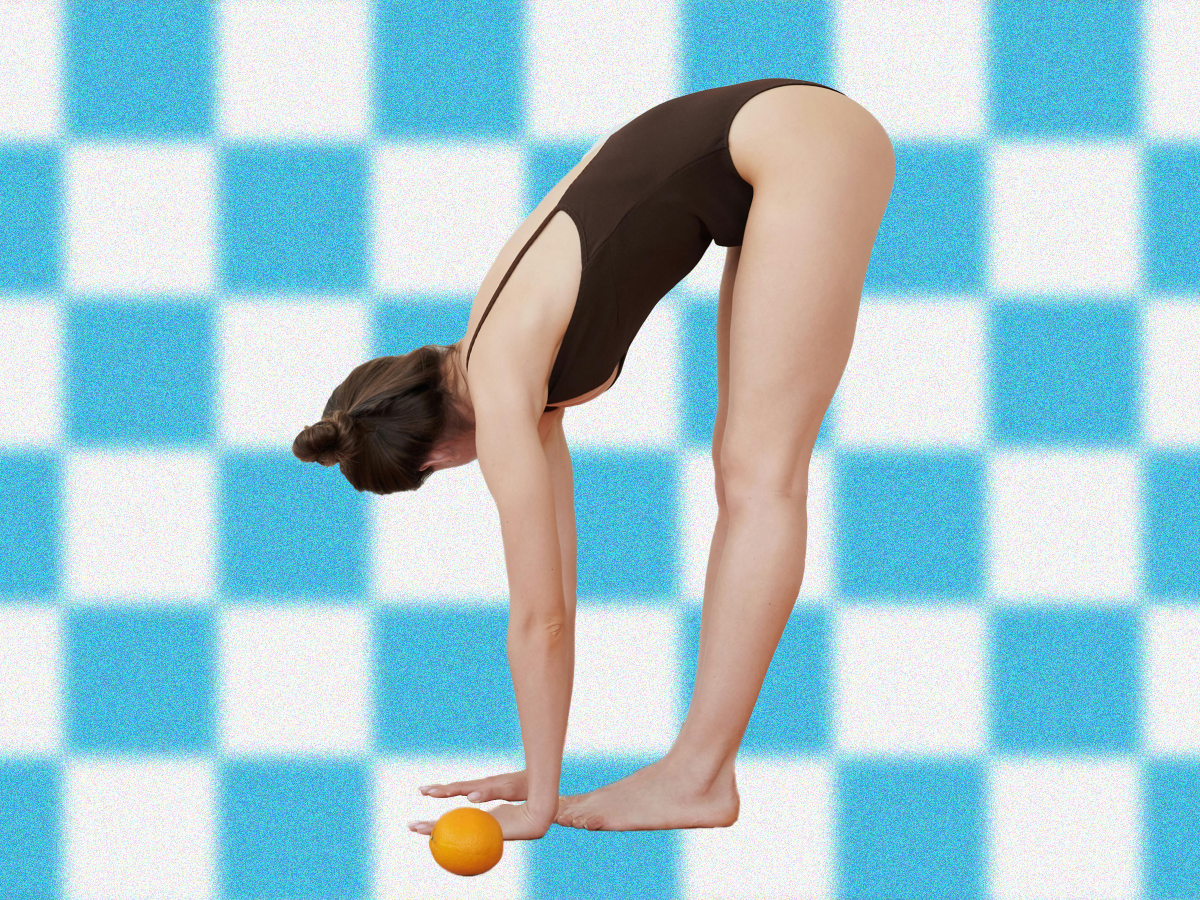The way buckwheat is often used in dishes, from pancakes to lentil salads, one would think it’s just another grain that healthy foodies swear by.
Not so, says registered dietitian Betsy Ramirez. “Buckwheat is actually a pseudo cereal,” she explains. It’s a fruit seed that’s related to rhubarb and sorrel, so it’s gluten-free, making it a popular substitute for other wheat-based grains.
The fruit seed originated in China and spread to Europe and Russia, where it’s often eaten as porridge. However, buckwheat has found a home in the West Virginia region, where it’s been celebrated for years at an annual buckwheat festival.
But aside from it’s gluten-free properties, why should any one else bother eating buckwheat? There are a plenty of health benefits, Ramirez says. It’s high in fiber, and studies have shown that it helps slow down the rate of glucose absorption after a meal, making it a healthy choice for people with diabetes.
Buckwheat is also high in manganese, magnesium, copper, and zinc, which are great for the immune system. It also contains all eight essential amino acids, including lysine, which plays a key role in collagen production and is not produced by the human body. Ramirez says people prone to cold sores should try eating buckwheat, since lysine helps wear them off.
We’re sold. Here’s a breakdown on the many ways to incorporate buckwheat into your diet.
How to select: Buckwheat comes in various forms, so it helps to know what you want to use it for before heading to the grocery store. For raw buckwheat, or buckwheat groats, head to the bulk bins area of the store. You can also find groats packaged.
For baking, buckwheat flour is packaged and readily available at most stores. There are also buckwheat noodles, also known as soba noodles, which can be found in the gluten-free section of grocery stores.
How to cook: The most popular way to cook buckwheat groats is by toasting them for four to five minutes, then boiling them. For a more savory dish, Ramirez recommends dry roasting them on a skillet, and then adding water or chicken broth. Or, roast it and add oil and an egg to the groats, then roast again, which keeps them from getting too mushy. The final product should end up with a rice-like texture.
Once cooked, buckwheat can be tossed into a lentil salad, substituted in a couscous or quinoa recipe, or eaten as a porridge, added with a tablespoon of maple syrup and fruit.
If it’s your first time baking with buckwheat flour, and you’re not baking for someone on a gluten-free diet, Ramirez recommends substituting half of regular flour with buckwheat flour, to get used to the earthy, nutty taste. Another popular use for buckwheat is for buckwheat pancakes.
Recipes to try:
- Banana Berry Buckwheat Breakfast
- Buckwheat Blueberry Pancakes
- Hot-and-Sour Soba Salad
- Buckwheat Flatbread with White Bean Hummus, Caramelized Onions, Black Olives, and Spanish White Anchovies
Betsy Ramirez is a registered dietitian who specializes in supermarket nutrition. Read her blog Supermarket Nutrition 411 here, and follow her on Twitter @BetsyRamirezRD.



















